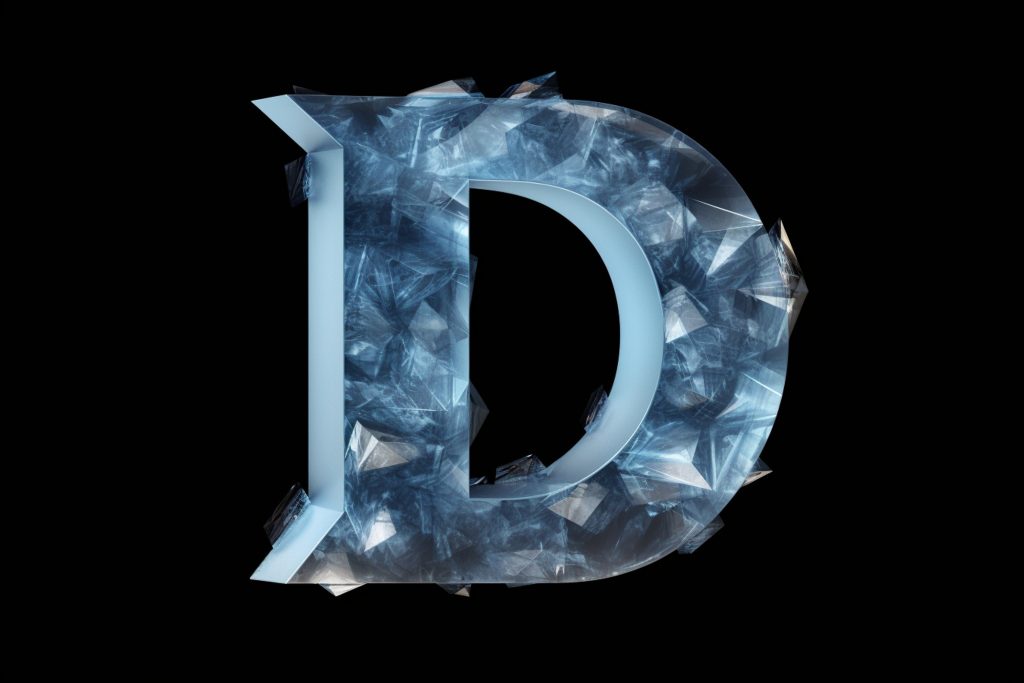
Diamond
Diamond is a solid form of the element carbon with its atoms arranged in a crystal structure called diamond cubic. Another solid form of carbon known as graphite is the chemically stable form of carbon at room temperature and pressure, but diamond is metastable and converts to it at a negligible rate under those conditions. Diamond has the highest hardness and thermal conductivity of any natural material, properties that are used in major industrial applications such as cutting and polishing tools. They are also the reason that diamond anvil cells can subject materials to pressures found deep in the Earth.
Most natural diamonds have ages between 1 billion and 3.5 billion years. Most were formed at depths between 150 and 250 kilometres (93 and 155 mi) in the Earth’s mantle, although a few have come from as deep as 800 kilometres (500 mi). Under high pressure and temperature, carbon-containing fluids dissolved various minerals and replaced them with diamonds. Much more recently (hundreds to tens of million years ago), they were carried to the surface in volcanic eruptions and deposited in igneous rocksknown as kimberlites and lamproites.
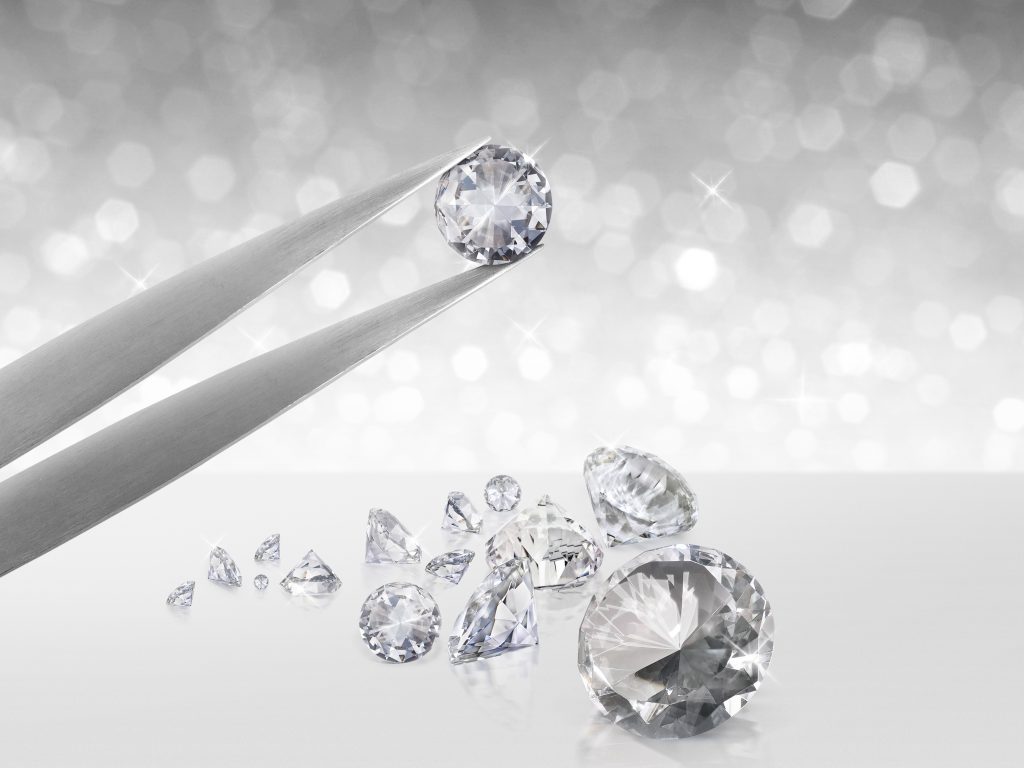
Properties
Diamond is a solid form of pure carbon with its atoms arranged in a crystal. Solid carbon comes in different forms known as allotropes depending on the type of chemical bond. The two most common allotropes of pure carbon are diamond and graphite. In graphite the bonds are sp2 orbital hybrids and the atoms form in planes, with each bound to three nearest neighbors 120 degrees apart. In diamond they are sp3 and the atoms form tetrahedra with each bound to four nearest neighbors. Tetrahedra are rigid, the bonds are strong, and of all known substances diamond has the greatest number of atoms per unit volume, which is why it is both the hardest and the least compressible. It also has a high density, ranging from 3150 to 3530 kilograms per cubic metre (over three times the density of water) in natural diamonds and 3520 kg/m3 in pure diamond.In graphite, the bonds between nearest neighbors are even stronger, but the bonds between parallel adjacent planes are weak, so the planes easily slip past each other. Thus, graphite is much softer than diamond. However, the stronger bonds make graphite less flammable.
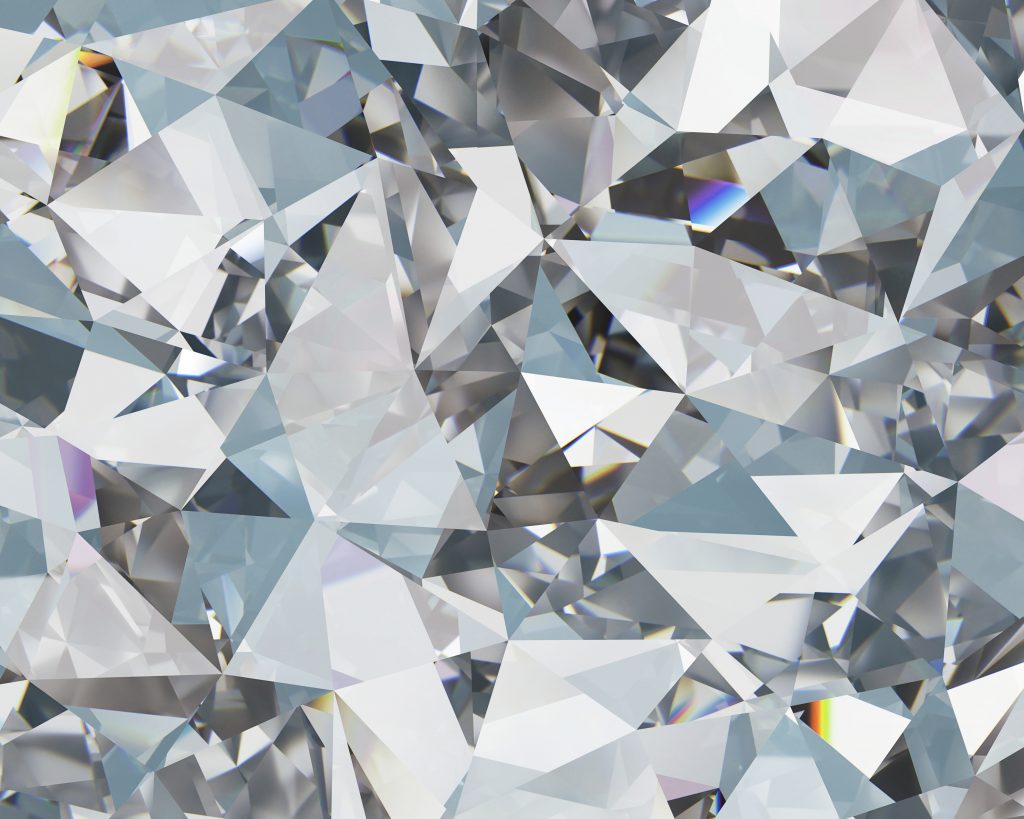
Colour
A chemically pure and structurally perfect diamond is perfectly transparent with no hue, or colour. However, in reality almost no gem-sized natural diamonds are absolutely perfect. The colour of a diamond may be affected by chemical impurities and/or structural defects in the crystal lattice. Depending on the hue and intensity of a diamond’s colouration, a diamond’s colour can either detract from or enhance its value. For example, most white diamonds are discounted in price when more yellow hue is detectable, while intense pink diamonds or blue diamonds (such as the Hope Diamond) can be dramatically more valuable. Of all coloured diamonds, red diamonds are the rarest. The Aurora Pyramid of Hope displays a spectacular array of naturally coloured diamonds, including red diamonds.
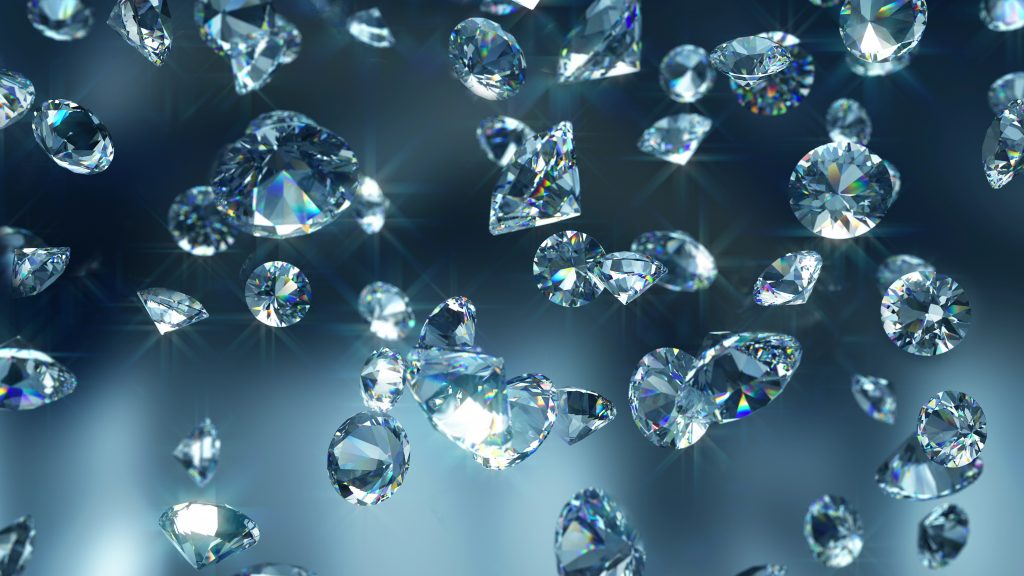
Impressive facts about where diamonds come from:
- Diamonds form deep in the earth’s crust; at depths that can not be reached by man
- Volcanic eruptions carry diamonds out of the earth’s deep crust, and onto the surface of the earth
- There’s no other way to retrieve diamonds from within the earth’s crust; we simply have to rely on volcanoes to carry them out.
- They need to be mined out of the lava from eruptions that happened millions of years ago
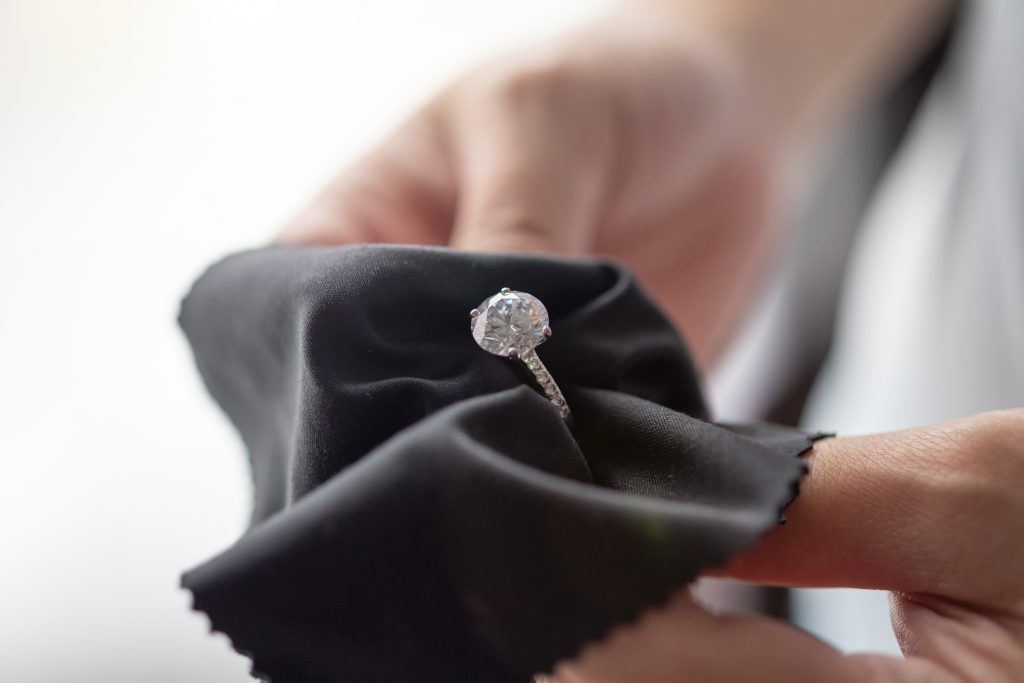
WHY ARE DIAMONDS EXPENSIVE?
1. Mining Diamonds Costs a Lot
Diamonds are rare. All the gem-quality diamonds ever mined would fit in one London double-decker bus. Many jewelers have never even seen a D Flawless diamond in person.
2. Diamond Rough Yield is Low
Once you move tons and tons of rock and find that one sparkling carat of rough diamond, you’ve got it made, right? Wrong. The yield for diamond rough is usually around 30%. A one-carat rough diamond will cut a one-third carat polished stone.
3. Financing Inventory Adds to the Cost of Diamonds
Miners need huge amounts of capital to develop mines. Cutters need millions of dollars to buy rough to keep their cutting factories going. Jewelry manufacturers need to buy diamonds and gold to create jewelry. And retailers need to have inventory sitting in cases waiting for people to buy it (and often require the vendor to provide these goods on consignment.)
4. Sorting and Cutting is Difficult
Because diamond rough is so expensive and yields can be so low, sorting and evaluating each piece of rough requires real expertise. Each lot of rough must be carefully evaluated by experts to assess its potential.
5. The Grade Determines the Price
Now that expensively-financed diamond inventory needs to be graded by the GIA. That adds $120 and a few more weeks of financing to the cost of a one-carat diamond. But more importantly, that grading report sets the price of your diamond.
6. People Around the World Want Diamonds
Now that De Beers only accounts for half of the diamond production around the world, the company no longer funds consumer marketing to help drive demand for diamonds. A whole generation of consumers have grown up without seeing any generic diamond advertising. And yet people all around the world still want to buy diamonds.
